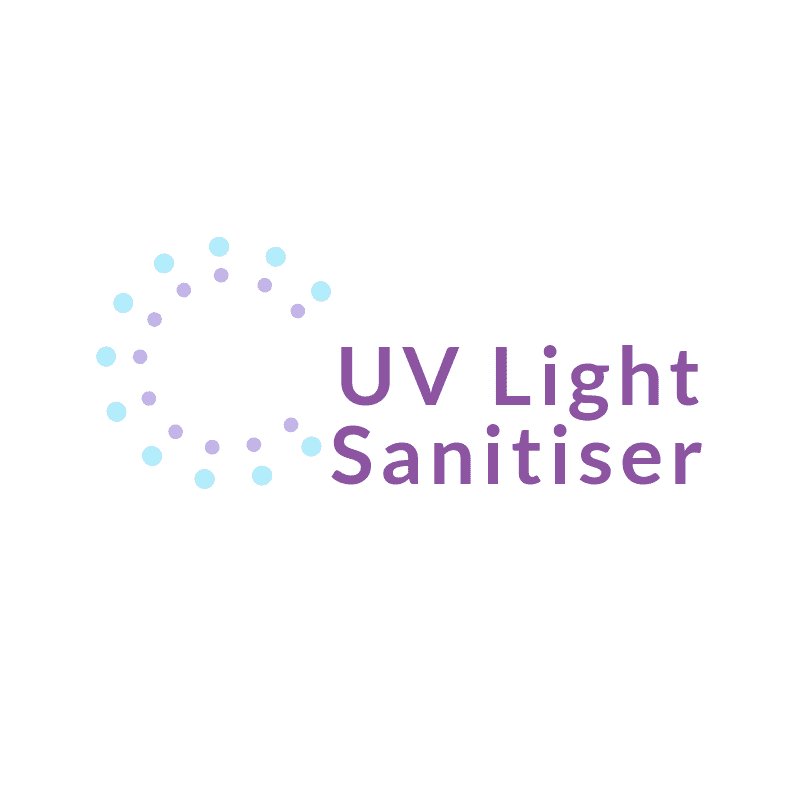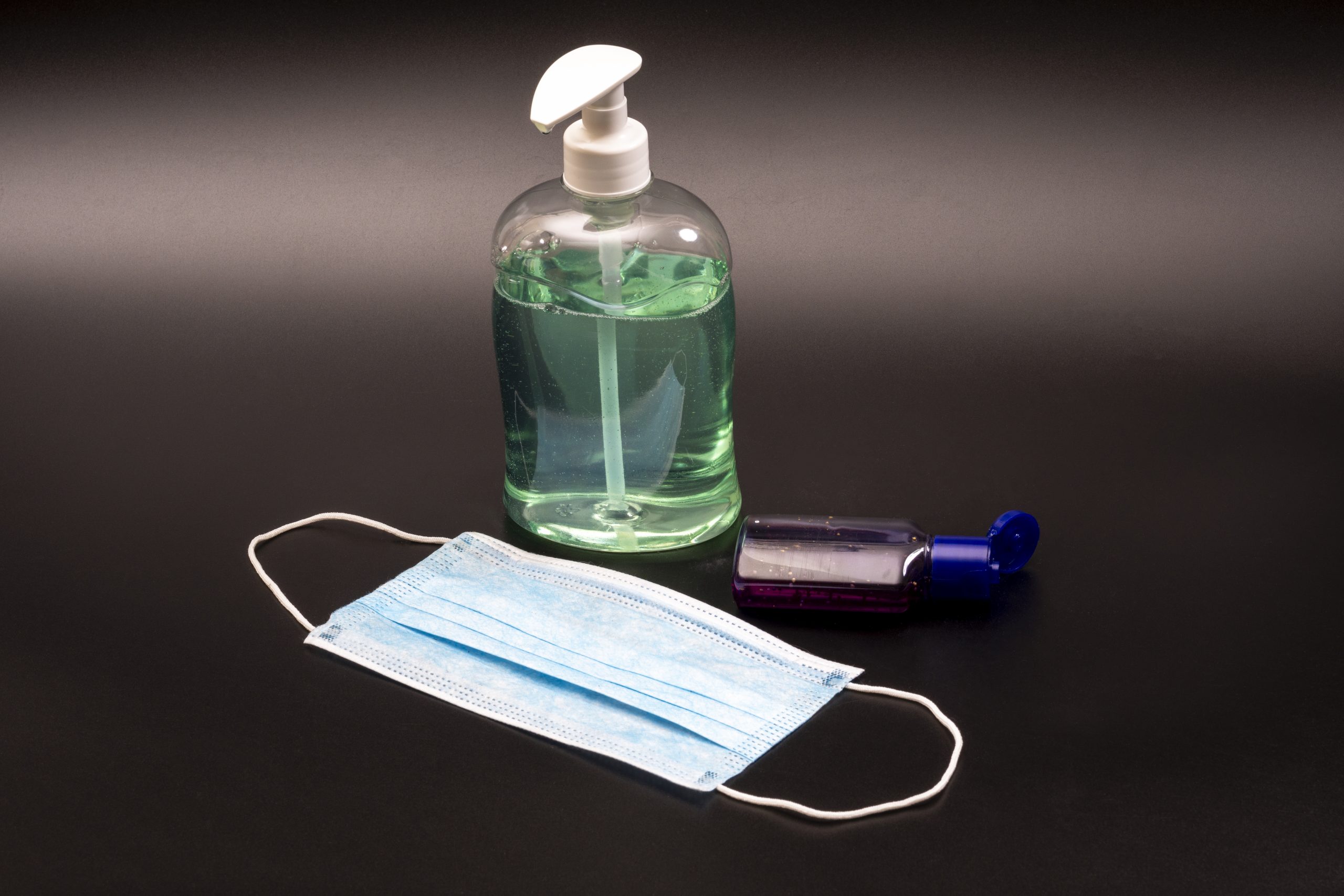In the light of the COVID-19 pandemic, UV light sanitizers are on the rise to prevent infection of the virus. Known as “nature’s hand sanitizers,” UV light sanitizers have grown in popularity as people searched for ways to prevent oneself from catching the coronavirus. The growth of these sanitizers emerged due to the shortage of alcohol-based sanitizers, meaning many individuals are now seeking a UV light Sanitizer.
The practice of disinfection by UV light is nothing new. According to the International Ultraviolet Association, UV light contributes to clean water and air. A proliferation of devices used for disinfecting things exist. You can find self-cleaning UV light water bottles and UV emitting cases for cleaning dirty phones.
However, using light sanitisers for the coronavirus still isn’t clear cut. COVID-19 is a new breed of virus. Currently, there is a dearth of studies on its resistance to UV. Still, it hasn’t stopped companies from manufacturing and rolling out UV devices to thwart the spread of the virus. Manufacturers have seen a growth in their sales. Hospitals are using UV-equipped robots to disinfect hospital rooms, and even face masks are getting UV treatments.
What are UV Light Sanitizers?
Unlike people, tech devices don’t have the luxury of taking a shower each day. They take a bath to remove microbes affiliated to their skin. Things like plastic and glass attract microbes. Microbes are attracted to smartphones, earbuds, tablets, and other tech products that are used everyday.
Your best option for cleaning them is a microfiber cloth for physically wiping away the microbes. Recently, however, many companies have released UV light sanitizer to rid your devices and other items with germs that might cause sickness to you or your household.
UV light has three spectrums: UV-A, B, and C. Only the latter can kill germs. UV-C light is effective because it interferes and destroys the nucleic acids of bacteria and other microbes. According to Philip Tierno, PhD, a clinical professor in the department of pathology at New York University Langone Medical Center, UV-C disrupts proteins in microbes by killing certain amino acids.
Origin of UV Sanitisation
In the late 1800s, it was discovered that UVC can be used as a sanitizer because of its ability to kill up to 99.9% germs. It works by penetrating the thin wall of small microscopic organisms and destroying its nucleic acids. UV-C results to a disruption of DNA structures either killing it or making it unable to reproduce.
Since then, it has been used for sterilization methods such as in the hospital, airplanes, offices, and factories. Although there have been no studies yet about how UVC can affect COVID 19, there are also some studies that shows its effectiveness against other coronaviruses such as SARS.
According to a study published in Nature, UV-C has a strong absorbance in biological materials. It cannot penetrate even the outer layers of human skin or eye. Since bacteria and viruses are of micrometer or smaller dimensions, UV-C can penetrate and inactivate them. The study also shows that UVC can eradicate even airborne viruses without harming people.
A UV light sanitizer helps sanitize household appliances such as remote, gaming consoles and controllers, doorknobs, and others. You can also use it to sanitize your keyboard or mouse, the phone handles on your desk, conference room devices and chair arms, and others. Light sanitizers are also useful for disinfecting phones. Did you know that smartphones have 10 times more germs than a toilet seat? On the average, you touch it 80 times a day.
How UV Light can kill coronavirus?
Recently, scientists have discovered a promising new type of UVC far less dangerous but is still lethal enough to kill viruses and bacteria—Far-UVC. It has a shorter wavelength than regular UVC. Experiments involving human skin cells in the laboratory have shown no damage in the DNA.
Unfortunately, most UV lamps on the market don’t use far-UVC yet. Aside from that, far UVC has not been tested in actual humans yet. So it won’t help you much in the current pandemic.
The problem with COVID-19 is no one knows how long it takes to deactivate the virus with sunlight or what strength is needed. Even if they did, the amount og UV in sunlight varies based on the time of day, the weather, season, and your location making it a less reliable way to kill the virus.
The Best Light Sanitizers To Consider
Smartphones and household devices are prone to bacteria and virus. These are the things we often touch or hold which increases the risk of getting sick. Wiping a smartphone with soap water or isopropyl alcohol is highly discouraged. If you are looking for a UV light sanitizer, here are some suggestions.
XBOCMY Germicidal UV Light Bulb
These UV bulb’s can be screwed into standard light socket in a home or office. It can kill virus and bacteria with an area of 400 square feet. When lit for about 15 to 20 minutes, it can clean out smaller spaces such as a closet. Use it for an hour to free larger spaces from germ presence.
USB UV Sanitizer Wand
This is a compact handheld UV sanitizing wand with 30 LED bulbs that create enough UV-C to kill viruses and bacteria in a matter of seconds. It is the perfect size for sweeping doorknobs, keyboards, or other smaller surfaces handled by several hands. It comes with a USB cord and can be connected to an adapter or AC outlet making it perfect for traveling or for sterilizing products you are about to buy or bring home.
PhoneSoap Wireless UV Smartphone Cleaning Case
Multiple studies reveal that our phones are about the dirtiest objects we use with nearly 20,000 distinct types of bacteria. Using soap and water or isopropyl alcohol is not the best idea, UV phone sanitizing cases on the other hand won’t damage your device but will get rid of the bacteria and viruses as long as you use it properly and regularly.
This on-the-go case will kill a plethora of bacteria and viruses that will likely cover your phone in a matter of minutes. However, this only works on the latest model of phones that allow for wireless charging. The interior of the case is equipped with Qi wireless charging technology. The entire case is small enough to fit into your purse, backpack, or brief case so you can always carry it with you.
The PhoneSoap Wireless uses four powerful UV bulbs and a mirrored interface that sends the light all over the exterior of your phone. In just 10 minutes, you can get a reliable viral eradication.

